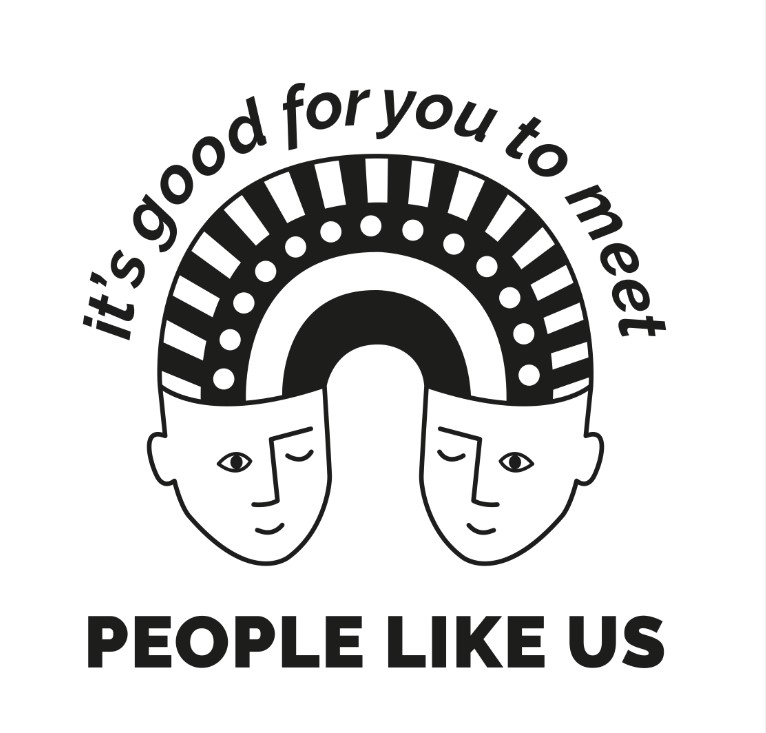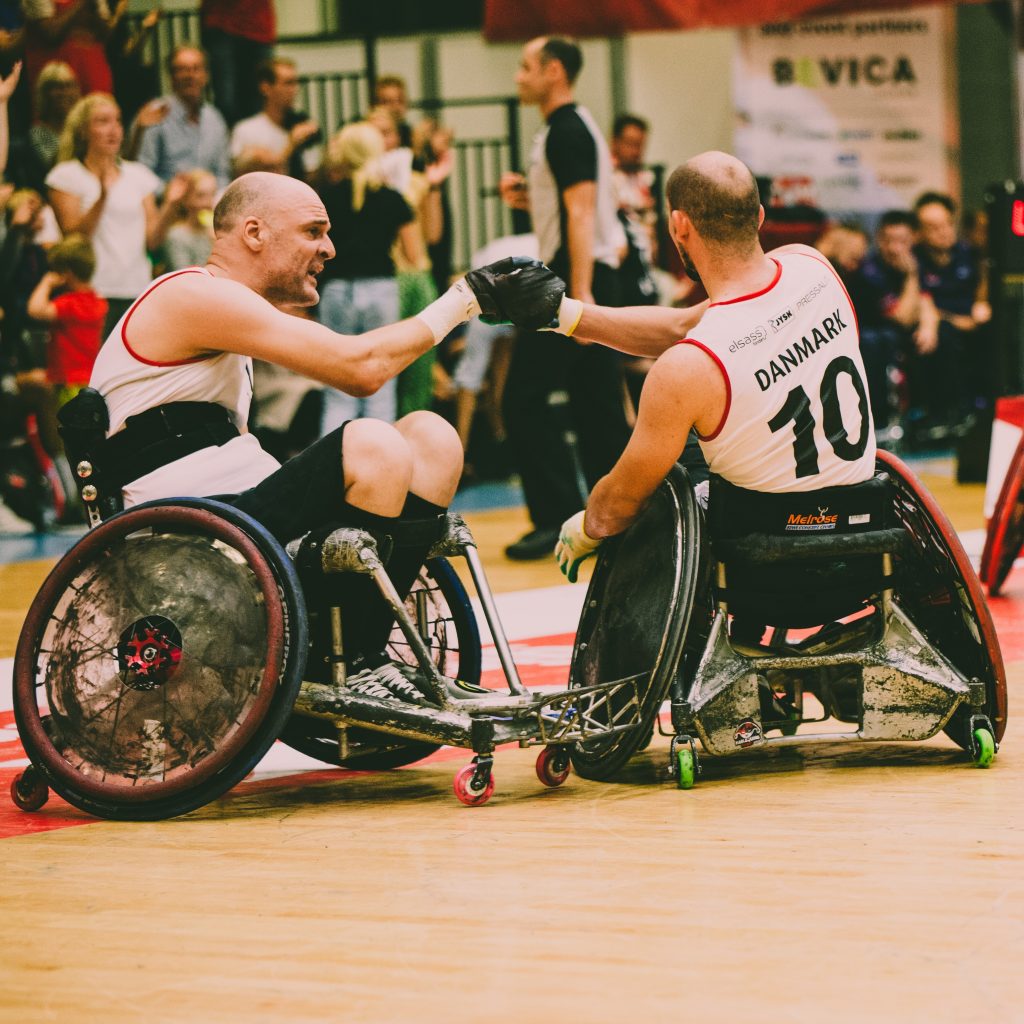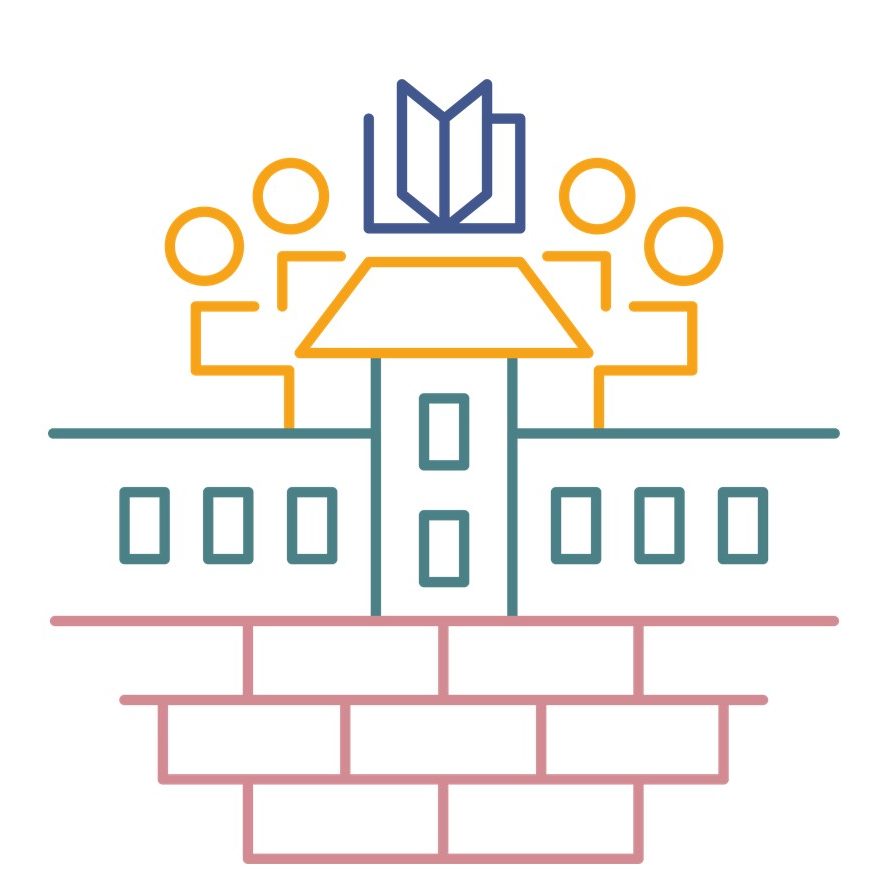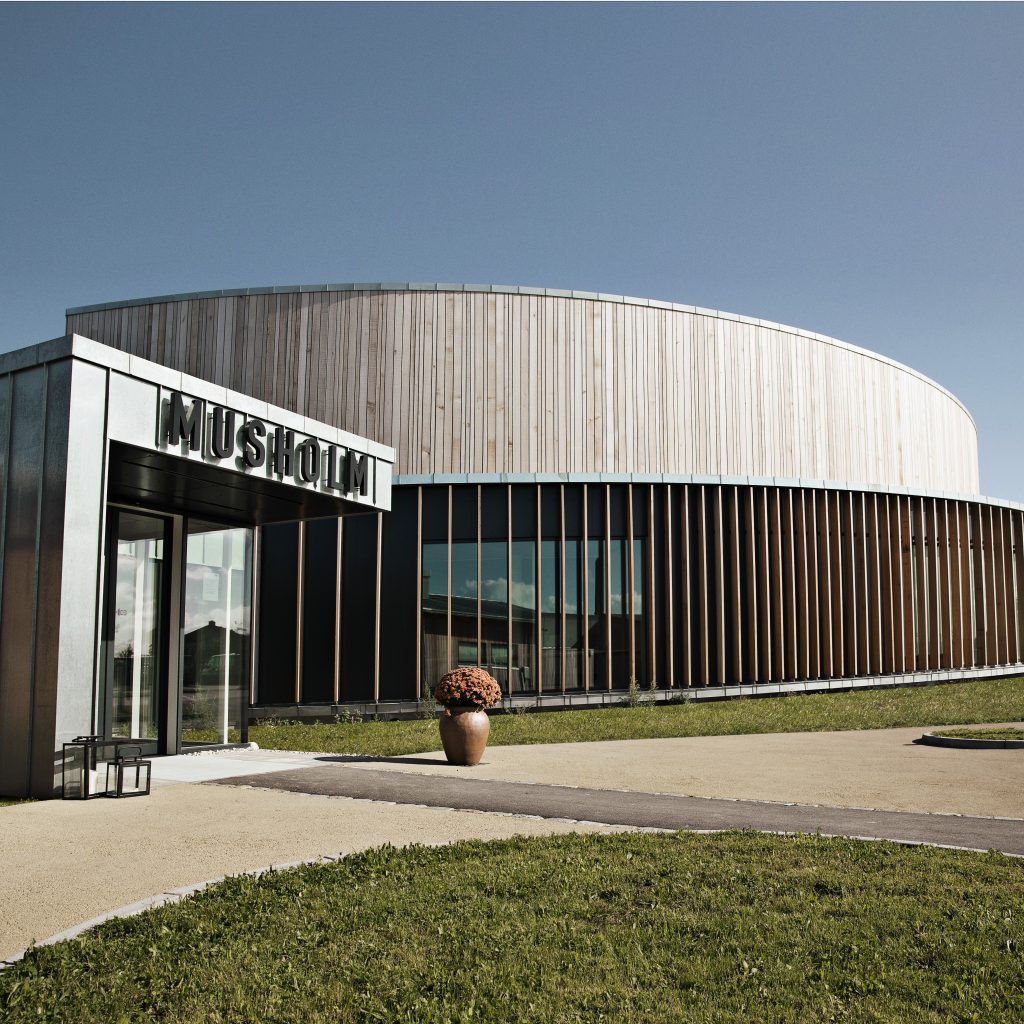Universal design represents a basic view of humanity which recognises that diversity in functional ability and needs is a basic condition. It also means that when we have to accommodate great diversity – and sometimes opposing needs – in solutions, we can interpret universal design in two ways: Either the individual solution, which accommodates everyone whenever possible, and if this is not possible without resulting in the lowest common denominator, the universal solution can be a catalogue of solutions. For example, this could entail designing three ways to get into a building or across a road, and it is the catalogue of those three solutions that together make up the universal design solution. Because diversity in user needs requires diversity in solutions.
The selected cases show different ways of implementing this basic view of humanity in education, employment and leisure life.
People Like Us is a brewing company. Founded in 2016 by Lars Carlsen, a schoolteacher that had been working in the field of diagnoses for many years. People Like Us is a socio-innovative business, working on developing and spreading new social business understandings. Inherent in this is the fact that they’re a for-profit company.
People like us state that their goals are to brew great craft beer and create a lot of jobs for people from socially marginalized groups. By adapting jobs to persons, People Like Us hopes to inspire others to do the same and to challenge the societal conception of normality and communities – in short: they want to start a social revolution by beer.


Wheelchair Rugby is a team sport for athletes of any gender with an impairment. It is an invasion and evasion sport with the object being to carry the ball across the opposing team’s try line. It involves full contact between the chairs.
The sport was created in 1972. The new sport — originally called murderball due to its aggressive, full-contact nature — was designed to allow quadriplegic athletes with a wide range of functional ability levels to play integral offensive and defensive roles.
All wheelchair rugby players must to have disabilities that include some loss of function in at least three limbs. Players might have spinal cord injuries, multiple amputations, neurological disorders, or other medical conditions. Players are assigned a functional level in points, and each team is limited to fielding a team with a total of eight points.
Thus, each team is made up of several players with different functional levels, in order to have the best possible line up within the allowed 8 points.
The Nest project in Aarhus is an example of a pedagogic approach, which tries to connect the positive elements in special education with the positive elements in inclusion. In Nest, children with autism spectrum disorder (ASD) are included in general education classes with reduced class size and taught after special pedagogical principles.
Beside reduced class size, Nest is amongst others based on co-teaching principles, increased involvement of parents as well as continuous feedback and coaching between educators and school management.
The content of Nest is based on the principles in the American mother program. The program is based on the needs that children with ASD has in connection to e.g.: structure, consistency, predictability, processing time, supported peer interactions. The principles are echoed in the design of the classroom, curricula, and communication and other structures.
Nest uses principles from special education, developed specifically for children with autism, to the benefit of all the children in the classroom.


Musholm was awarded the world’s most accessible holiday, sport and conference center in 2016.
Their goal is to include everybody regardless of age and physical ability. Musholm is groundbreaking and unique in several ways it integrates the accessibility requirements in its architecture in a natural and beautiful way.It is a rare building complex that makes a virtue of creating beautiful spaces for everybody and new physical opportunities for people with impaired mobility without flaunting it.
Musholm shows how architecture can improve the quality of life for people with disabilities by accommodating rather than eliminating diversity. With its social and innovative architecture, the holiday and sports center sets a new agenda in the important public debate in regards to how architecture ought to be designed for all – regardless of ability
BEVICA FONDEN
Linnésgade 18, 1. sal
1361 København K
Cvr-nr. DK-75576315
EAN-nr. 5797200036056
BEVICA FONDEN is a foundation that, through partnerships, works to strengthen conditions for self-governance and independent life for people with mobility impairments. This work is based on research and knowledge on Universal design as an interdisciplinary and value-based concept.
Copyright 2022 © Bevica Fonden